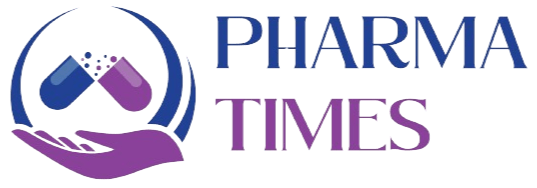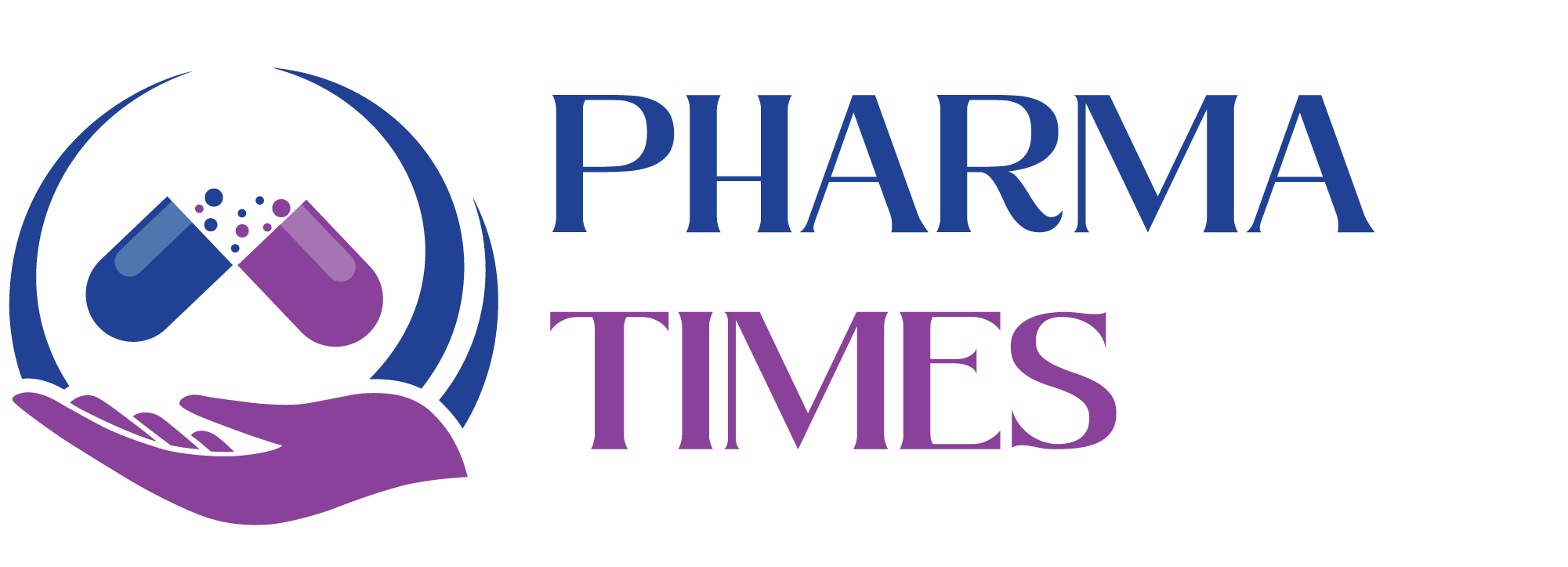“Understanding the Various Routes of Drug Administration: A Complete Guide”
Overview of Drug Administration Routes
The method used to administer a drug plays a crucial role in how effectively and quickly it works. Here is a breakdown of the most common routes of drug administration:
1. Oral Route (By Mouth)
This is the most widely used method, where medication is taken by mouth and passes through the digestive system before being absorbed into the bloodstream. Although convenient and easy, oral administration may result in slower absorption and is not ideal for patients experiencing nausea or vomiting.
2. Parenteral Routes (Injections)
Parenteral routes involve delivering medications via injections, bypassing the digestive tract for faster action. These include:
- Intravenous (IV): Delivers drugs directly into the bloodstream for immediate effect, often used in urgent situations.
- Intramuscular (IM): Injects medication into muscle tissue, allowing faster absorption compared to subcutaneous injections.
- Subcutaneous (SC): Places the drug just beneath the skin, where it is absorbed gradually over time.
- Intradermal: Administers medication just below the skin’s surface, used mainly for diagnostic tests.
3. Inhalation Route
Medications can also be administered through the respiratory system, where they are inhaled into the lungs. This route is commonly used for treating asthma or other respiratory conditions, as it allows for rapid drug absorption through the lungs.
4. Topical and Transdermal Routes
Topical medications are applied directly to the skin or mucous membranes for localized effects, such as creams or eye drops. Transdermal drug delivery, often in the form of patches, allows medications to be absorbed slowly through the skin into the bloodstream for systemic effects, commonly used in hormone therapy or pain relief.
5. Mucosal Routes
This route involves administering drugs via mucous membranes such as the nasal cavity, mouth, or rectum. These methods are often chosen when oral administration is not possible, and they provide both local and systemic effects. For example, nasal sprays offer a quick way to treat respiratory conditions, and rectal suppositories are used when patients cannot take drugs orally.
6. Rectal route
The rectal route is used for drugs that need to bypass the stomach or for patients who are vomiting or unable to swallow. It is an effective alternative for both local and systemic drug administration.

